
In a country like the UK, where damp and rainy weather is all too common, managing indoor humidity is essential for maintaining a healthy and comfortable home. While many people are familiar with the effects of mould and condensation, fewer understand what actually causes them, and how a dehumidifier can help. These compact appliances play a crucial role in regulating moisture levels, protecting both your property and your well-being. In this article, we will explore how dehumidifiers work and why humidity control matters for your space.
Dehumidifiers operate on a deceptively simple principle: they remove excess moisture from the air through a controlled process of condensation, helping to maintain a comfortable and healthy indoor environment. This is especially important in places like the UK, where damp conditions and fluctuating seasonal temperatures can contribute to persistently high humidity indoors.
Here’s a step-by-step breakdown of how the process works:
The unit is equipped with an electric fan that continuously draws in air from the surrounding environment. This air contains varying levels of water vapour, depending on the room’s humidity level. The air typically passes through a filter first to trap dust, hair, and other airborne particles, protecting the internal components and improving air quality.
Once inside, the air is channelled over a series of evaporator coils—metal pipes chilled using refrigerant gas circulating within them. As the warm, moist air meets the cold surface of these coils, the temperature of the air drops. When it cools below its dew point, the moisture it contains condenses into liquid water, forming droplets on the coils.
This is the same principle you’ll recognise from window condensation in winter or a fogged-up bathroom mirror after a hot shower—except here, it’s controlled and continuous.
The condensed water (now liquid) drips down into a collection reservoir, often located at the base of the dehumidifier. Many modern models also offer a continuous drainage option, where the water is diverted through a hose directly into a sink or drain. This is especially useful for those who run the unit constantly or place it in hard-to-access areas.
Some dehumidifiers also feature an automatic shut-off mechanism when the tank is full, or a warning light to indicate when it needs emptying, adding convenience and peace of mind while running a dehumidifier.
Before releasing the air back into the room, it passes over condenser coils (not to be confused with the evaporator coils). These coils are warmer, helping to bring the air back up to a comfortable room temperature. The final output is drier, slightly warmed air that is then pushed out of the unit and into your home.
Despite this reheating stage, dehumidifiers are generally energy-efficient, and any warmth added back to the room is usually minor, but often welcome during colder months.
This cycle—pulling in moist air, extracting the water, and returning dry air—repeats as long as the dehumidifier is switched on. Over time, this significantly reduces the ambient humidity of a room, creating a drier and more comfortable environment. The effectiveness depends on the unit’s capacity, the size of the space, and the initial moisture level.

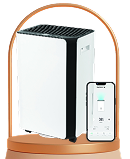
There are two main types of dehumidifiers commonly used in UK homes:
Humidity affects more than just how warm or cool we feel. High humidity can make air feel sticky and oppressive, even when temperatures are moderate. Conversely, low humidity can make air feel cold and dry, irritating the skin and respiratory system, emphasizing the need for balanced humidity in your home. In the home, excess humidity—especially levels consistently above 60%—can lead to a range of problems:
The ideal indoor relative humidity sits between 40% and 50%, providing a comfortable, healthy living environment.
Consistently high humidity can have a noticeable impact on your well-being:
On the other hand, humidity that is too low—below 30%—can dry out mucous membranes, increase static electricity, and make you more vulnerable to colds and flu.
Whether you’re dealing with a damp flat, drying laundry indoors, or simply trying to improve your air quality, a dehumidifier offers an effective and energy-efficient solution. Understanding how it works empowers you to tackle humidity issues before they lead to costly repairs or health concerns. By choosing the right type and using it consistently, you can enjoy a drier, fresher, and more comfortable home all year round. Ultimately, managing humidity isn’t just about comfort—it’s about creating a safer and healthier living environment for you and your family.
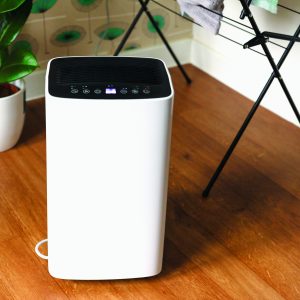
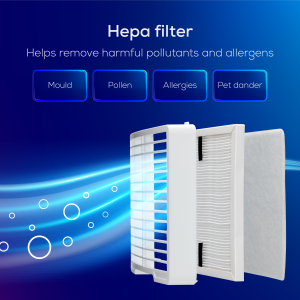
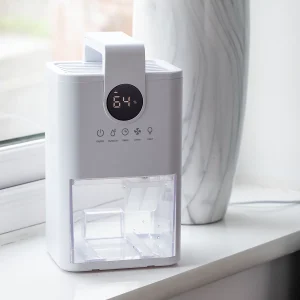
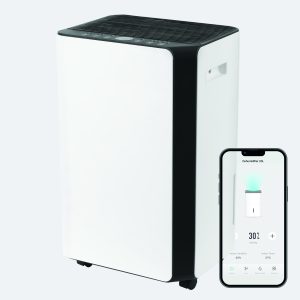

All rights reserved 2025